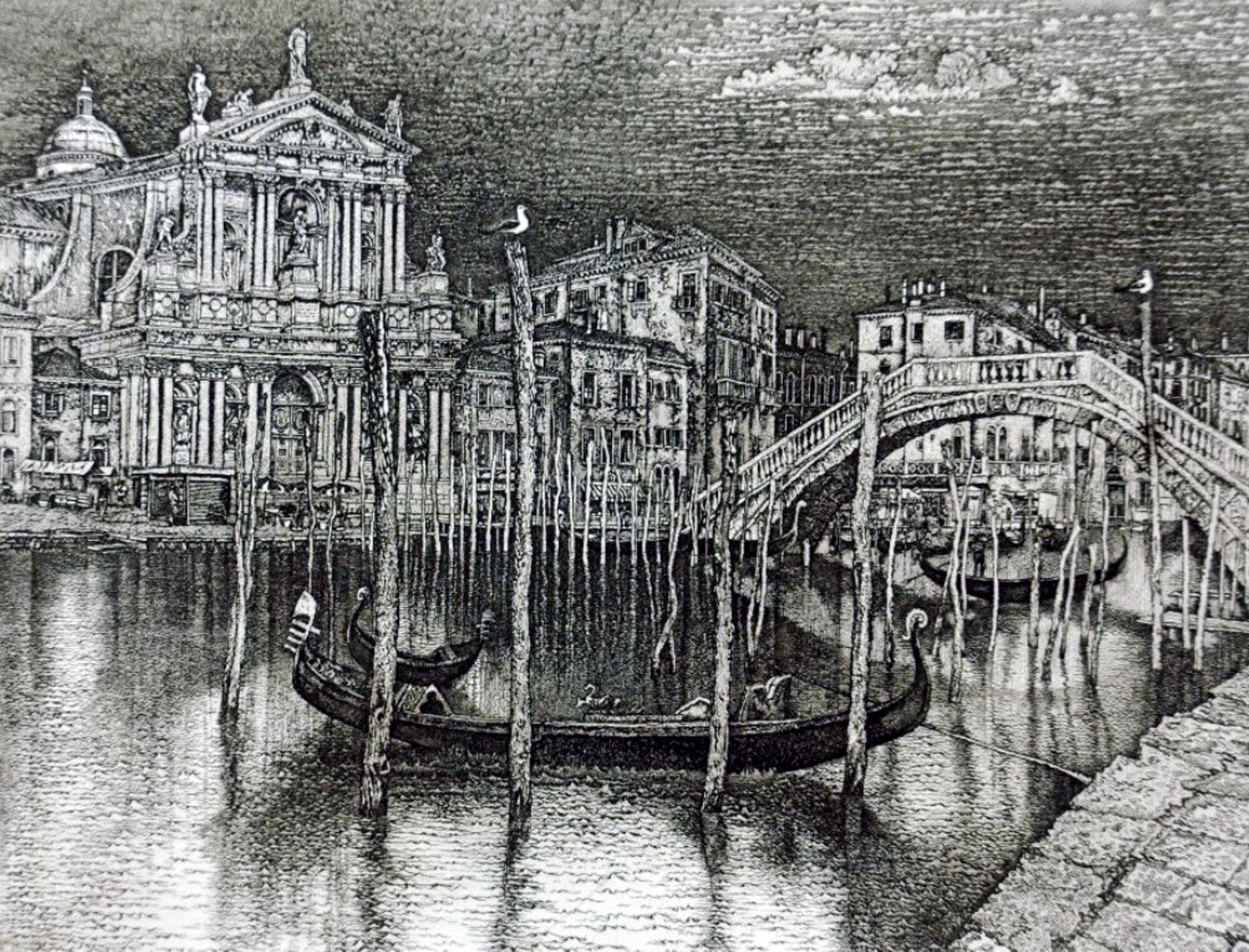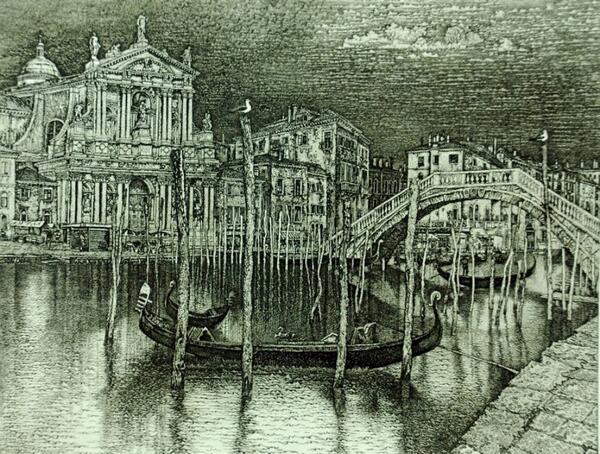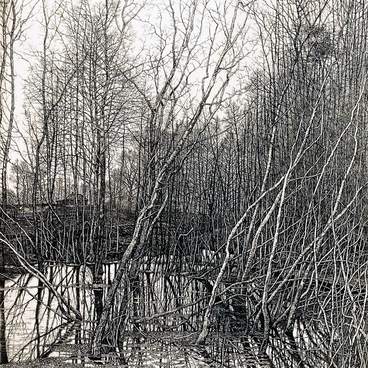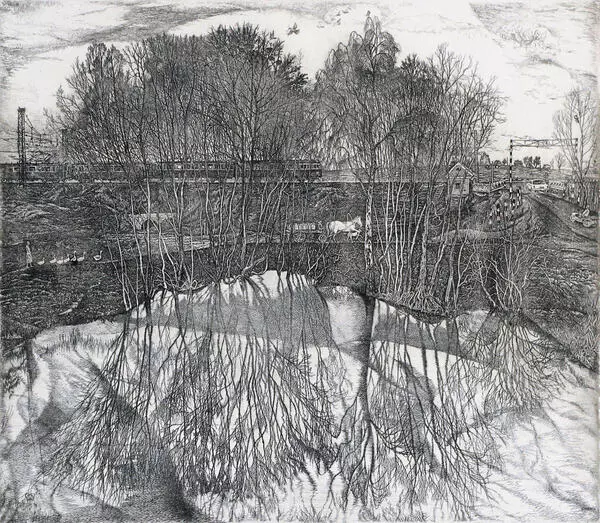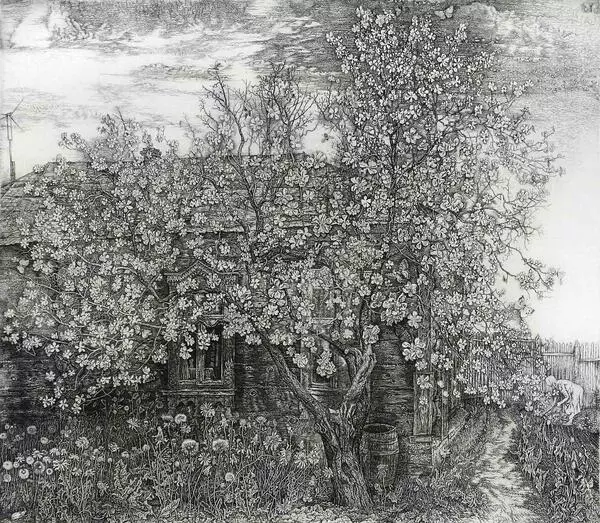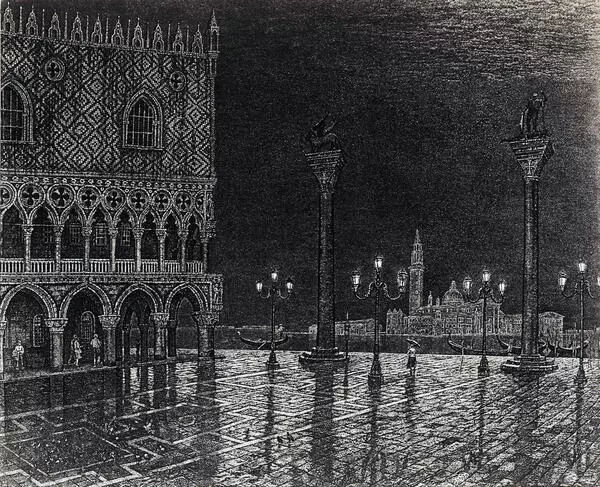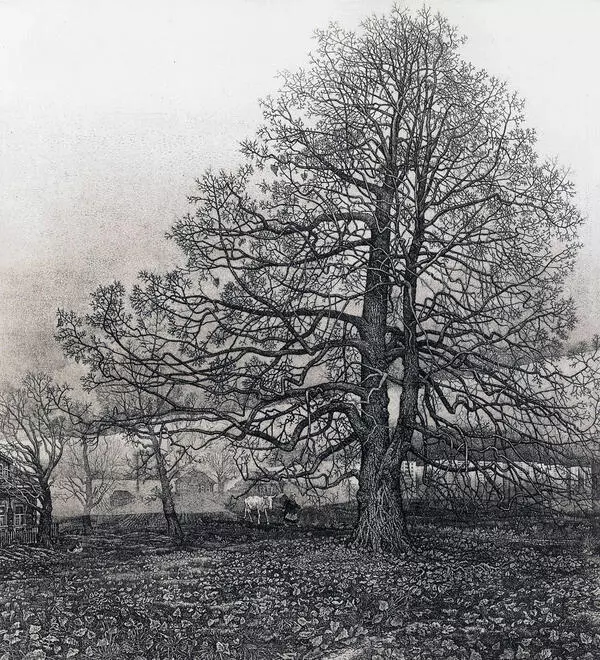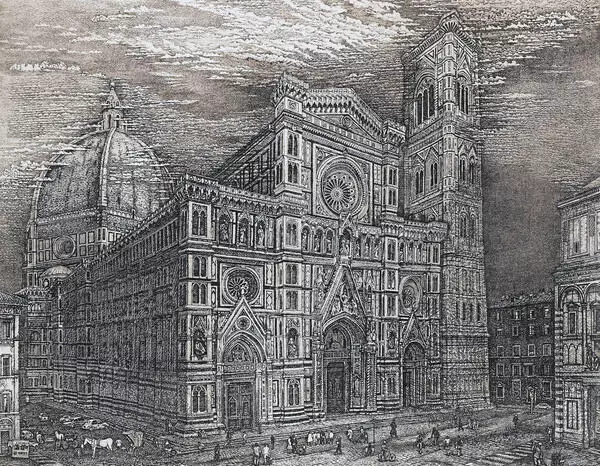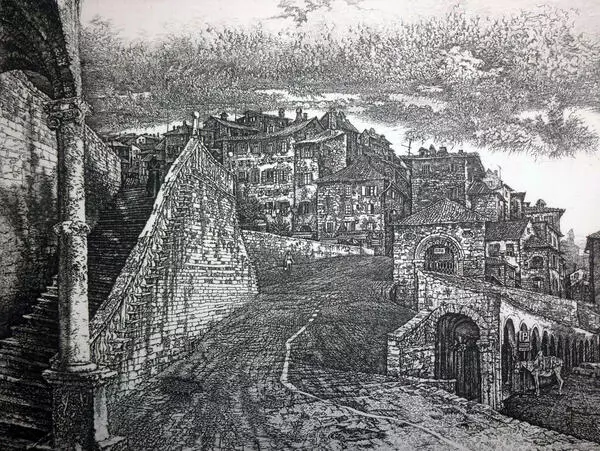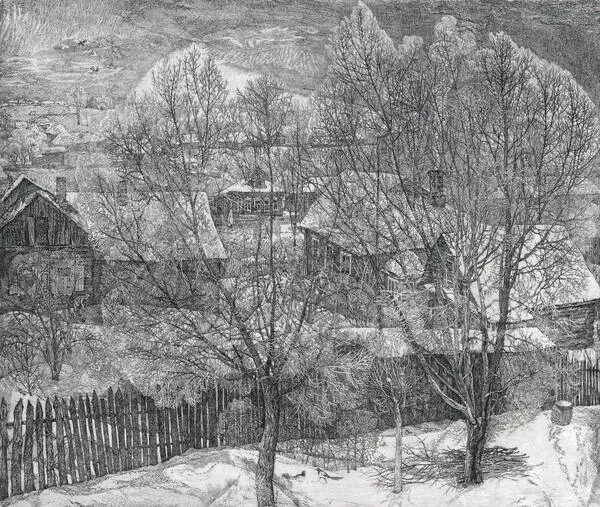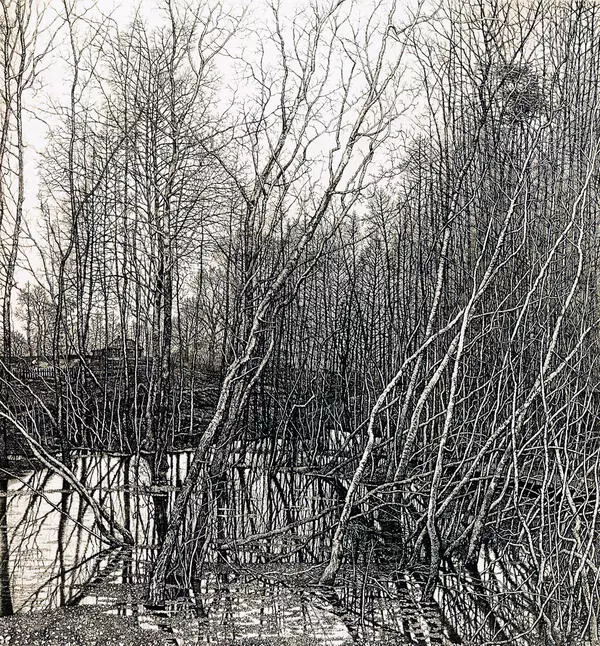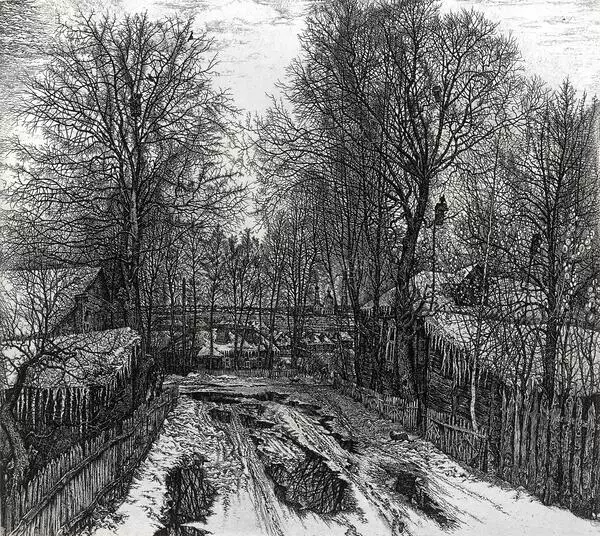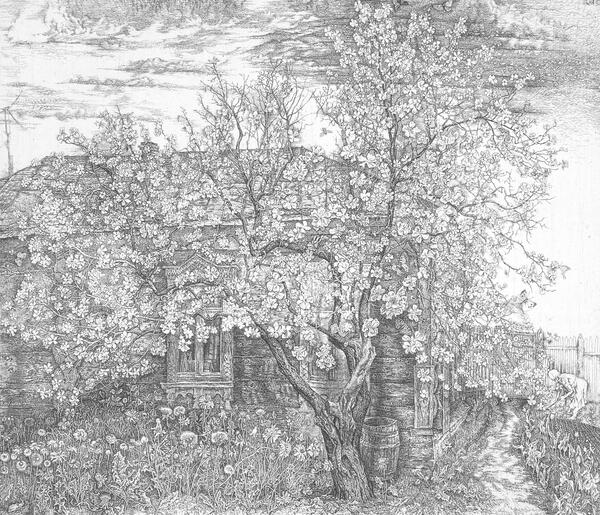One of the features of Stanislav Mikhailovich Nikireev’s artistic style is his subtle sense of space, his ability to see and depict any object as three-dimensional and to reproduce on the plane not the contours but a shaped mass. This feature of the artist was manifested itself fully in his Italian series. In the late 1970s Nikireev visited Italy and brought with him a lot of ideas, which then he embodied in his work. One of the best works of the Italian series is the painting “Venice. Gondolas”.
Venice is located in north-east Italy. The architectural appearance of the city was shaped during the heyday of the Venetian Republic in the 14th–16th centuries. The gondola, a traditional Venetian rowing boat, is one of the city’s symbols. Historically the main means of transport along the canals of Venice, it is an attraction for many tourists nowadays.
Today, in Russian the word gondola is traditionally pronounced with the stress on the second syllable, but until the beginning of the 20th century, the first syllable was stressed. According to popular opinion, the transition to modern pronunciation was influenced by Russian poets, who often rhymed gondola with barcarola, a folk song of Venetian gondoliers.
The maximum number of passengers allowed on a gondola is six. Design variations of the gondola are only permitted for special or ceremonial boats. The special, asymmetrical shape of the boat allows the rower to steer the boat with one oar while standing to the side of the center line which divides the boat into two parts. The gondolier steers the boat standing up, looking forward in the direction of travel. The oar in this case is also the rudder.
The artist has skillfully conveyed the general atmosphere of the city as well as the design features of the gondola itself, which has only one oar (historically, this was caused by the narrow canals). The artist also draws attention to the ferro — a detail of the boat, which is mounted on the bow to counterbalance the gondolier standing at the opposite end. It is used to determine the height of the bridge and the gondola’s ability to pass under it. The six protruding bars of the ferro symbolize the six districts of the city.
Venice is located in north-east Italy. The architectural appearance of the city was shaped during the heyday of the Venetian Republic in the 14th–16th centuries. The gondola, a traditional Venetian rowing boat, is one of the city’s symbols. Historically the main means of transport along the canals of Venice, it is an attraction for many tourists nowadays.
Today, in Russian the word gondola is traditionally pronounced with the stress on the second syllable, but until the beginning of the 20th century, the first syllable was stressed. According to popular opinion, the transition to modern pronunciation was influenced by Russian poets, who often rhymed gondola with barcarola, a folk song of Venetian gondoliers.
The maximum number of passengers allowed on a gondola is six. Design variations of the gondola are only permitted for special or ceremonial boats. The special, asymmetrical shape of the boat allows the rower to steer the boat with one oar while standing to the side of the center line which divides the boat into two parts. The gondolier steers the boat standing up, looking forward in the direction of travel. The oar in this case is also the rudder.
The artist has skillfully conveyed the general atmosphere of the city as well as the design features of the gondola itself, which has only one oar (historically, this was caused by the narrow canals). The artist also draws attention to the ferro — a detail of the boat, which is mounted on the bow to counterbalance the gondolier standing at the opposite end. It is used to determine the height of the bridge and the gondola’s ability to pass under it. The six protruding bars of the ferro symbolize the six districts of the city.
